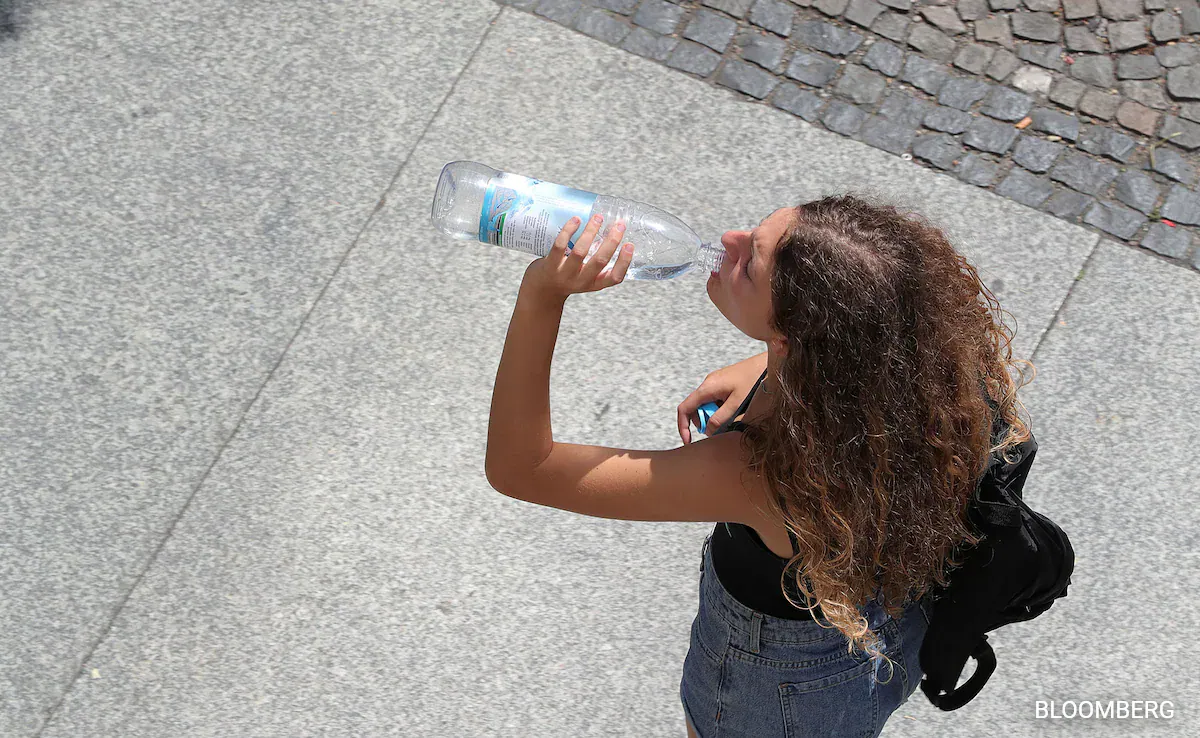A groundbreaking study has unveiled that a typical one-liter bottle of water, equivalent to 33 ounces, contains an average of 240,000 plastic fragments. These fragments, known as “nanoplastics,” measure under 1 micrometer in length, making them one-seventieth the width of a human hair. The findings suggest that health concerns related to plastic pollution might have been significantly underestimated, as previous studies only considered larger microplastics, ranging from 1 to 5,000 micrometers.
Published in the journal Proceedings of the National Academy of Sciences, this peer-reviewed study is the first to evaluate bottled water for the presence of nanoplastics. Nanoplastics pose a more significant threat to human health than their larger counterparts because of their ability to penetrate human cells, enter the bloodstream, and impact organs. Moreover, nanoplastics can traverse the placenta, potentially affecting unborn babies.To conduct the study, researchers developed a new microscopy technique, programmed a data-driven algorithm, and applied both to analyze approximately 25 one-liter bottles of water from three popular US brands. The study found that each liter could contain between 110,000 to 370,000 tiny plastic particles, with 90% of them being nanoplastics.Lead author Naixin Qian, a graduate student at Columbia University in chemistry, emphasized the significance of the study, stating that it provides a powerful tool to address challenges in analyzing nanoplastics, bridging the knowledge gap on plastic pollution at the nano level. Co-author Beizhan Yan, an environmental chemist at Columbia University, added that this research opens a window into a previously uncharted world, shedding light on nanoplastics that were not exposed before.The study targeted seven common plastic types, including polyethylene terephthalate (PET) and polyamide, commonly used in water bottles and filters. The researchers also discovered many unidentified nanoparticles, suggesting that the prevalence of plastic in bottled water could be even higher.Plastic pollution is a global concern, with over 450 million tons produced annually, much of which ends up in landfills. Nanoplastics, originating from the breakdown of larger plastic pieces, pose unique challenges due to their size and potential impact on human health.While plastic pollution is ubiquitous, bottled water is of particular interest due to its potential to introduce plastic particles into the human body. Past studies have shown higher concentrations of microplastics in bottled water compared to tap water, emphasizing the need for continued research into the extent of nanoplastic contamination in our environment. The study’s co-authors plan to extend their research to investigate nanoplastics in tap water and snow samples collected from western Antarctica, recognizing the vast world of nanoplastics that awaits further exploration.
For more updates stay tuned to FELA News!

